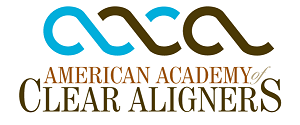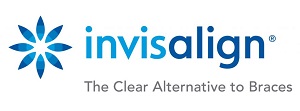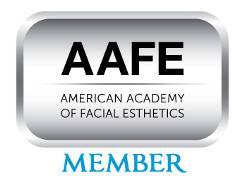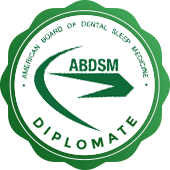What Are CPAP Alternatives?
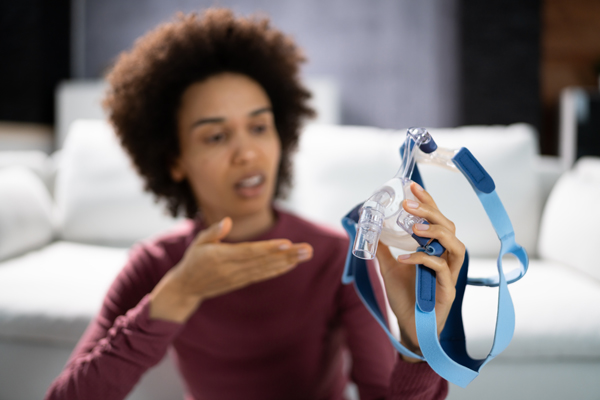
Continuous positive airway pressure (CPAP) machines have been one of the main ways of treating sleep apnea, but in recent decades, successful CPAP alternatives have emerged. In this review, we discuss the best CPAP alternatives to consider.
Why use an alternative to CPAP for obstructive sleep apnea (OSA)?
CPAP machines are often reported as being awkward, ineffective, and hard to travel with. The good news is that there are alternatives to CPAP machines that work well and are far more comfortable. Most commonly, dentists recommend the use of oral appliances, which are smaller and easier to use. CPAP alternatives are recommended for anyone who is not satisfied with their sleep while using a CPAP machine.
Best types of CPAP alternatives
For patients who do not see the desired results from their CPAP machine or feel that their machine is inconvenient to use and travel with, there are excellent alternatives that may work well. The most common types of CPAP alternatives include:
- Mandibular advancement device (MAD)
- Tongue-retaining devices (TRD)
- Bi-level positive airway pressure (BiPAP) machine
- Auto-adjusting positive airway pressure (AutoPAP) devices
- Lifestyle and dietary changes
- Oral surgery
Mandibular advancement device (MAD)
MADs are oral appliances that help keep the airway open while asleep. They work by repositioning the lower jaw and tongue so the airway cannot close, preventing sleep apnea symptoms.
They are custom fitted by a dentist to ensure optimal comfort and effectiveness. They are one of the most highly recommended CPAP alternatives among dentists and work well for most patients who have a mild to moderate case of OSA.
Tongue-retaining device (TRD)
TRDs work similarly to MADs, though there are a few notable differences. Specifically, TRDs hold the tongue forward so it does not collapse backward and cause the airway to shut (which leads to sleep apnea symptoms).
However, unlike MADs, these devices do not reposition the jaw. They are ideal for patients whose sleep apnea is caused by improper tongue position while sleeping. However, MADs may be more appropriate for patients whose sleep apnea is caused by improper jaw position. TRDs, much like MADs, are oral appliances that dentists customize for a proper fit and feel and optimal effectiveness.
Bi-level positive airway pressure (BiPAP) machine
Dental appliances for sleep apnea, such as MADs and TRDs, are often the best CPAP alternatives. However, there are additional machines that make intriguing CPAP alternatives.
In particular, BiPAP machines may allow for easier breathing than CPAP machines. These machines work by delivering different levels of pressure for inhalation and exhalation, so the patient experiences a more personalized sleep apnea treatment than what they may receive with a CPAP machine.
Auto-adjusting positive airway pressure (AutoPAP) device
Much like a BiPAP, an AutoPAP changes the pressure levels throughout the night based on how much air pressure the patient needs. However, a BiPAP provides two distinct pressure levels (one for inhalation and one for exhalation), and an AutoPAP automatically shifts between numerous pressure levels. This is also notably different from a CPAP, which provides a steady and continuous flow of the same airway pressure.
Lifestyle and dietary changes
Lifestyle and dietary improvements can also help patients decrease their dependency on CPAP machines and alternative sleep apnea treatments. Lifestyle and dietary changes may be recommended along with other treatments, such as a MAD, a TRD, orthodontic treatment, or corrective oral surgery. Notable lifestyle and dietary changes that may help reduce the symptoms of sleep apnea include:
- Weight management
- Regular exercise
- Improved sleep position
- Alcohol avoidance
- Quitting smoking
- Decreased stress
- Healthy and light dietary choices (especially at night before sleep)
Oral surgery
In some cases, corrective jaw surgery may help reduce the need for CPAP and alternative treatments. This is especially the case if the patient’s sleep apnea is caused by jaw misalignment (e.g., an underbite). More specifically, oral surgery to help reduce the symptoms of sleep apnea is best if the patient has not been able to address jaw alignment concerns through non-surgical methods like orthodontic treatment. In these cases, oral surgery helps the patient improve their bite and tongue position while sleeping, which enables the airways to remain open and work properly throughout the night.
Learn more during a consultation visit with our dental practice
Our dental practice can help you find the best sleep apnea treatment. Schedule a visit with us today to discuss all available options and to put together a treatment plan that is comfortable and works effectively.
Request an appointment here: https://artisandentalbellevue.com or call Artisan Dental Bellevue at (425) 454-2005 for an appointment in our Bellevue office.
Check out what others are saying about our services on Yelp: Read our Yelp reviews.
Related Posts
Brushing and flossing are essential oral hygiene basics that help prevent tooth decay and gum disease. While many people pay careful attention to their teeth and gums, the tongue is often neglected. However, this large surface of the mouth should also be cleaned on a daily basis. Doing so can help many people enjoy better…
Brushing and flossing teeth are critical oral hygiene basics that everyone should include in their care routines. Many people already know the proper procedures and benefits of brushing their teeth regularly, but flossing sometimes gets left out. In fact, according to U.S. News, only about 30% of the population in the United States flosses daily.…
A healthy smile requires a lifetime of focusing on oral hygiene basics. Even if you currently have healthy teeth and history of proper dental care, a review of best practices is helpful to maintain good daily habits.Focus on the details of these broad oral hygiene basics to ensure you retain your healthy, natural pearly whites…
Most adults believe they have a good understanding of oral hygiene basics but may not use the proper techniques. To safeguard your oral health and protect your smile long-term, it is important to know the dentist-recommended best practices.Oral hygiene basics begin with clean teeth, but this involves more than a quick swab of the surface…



